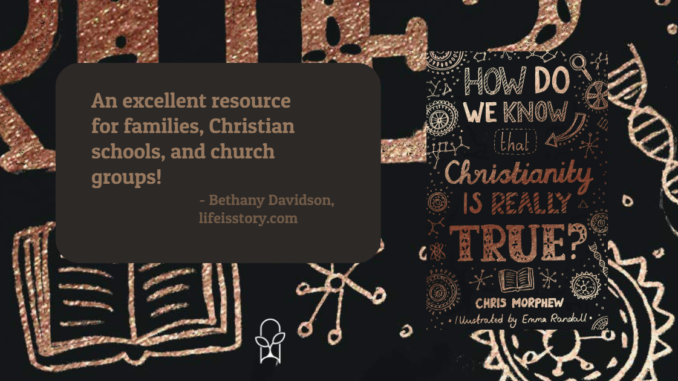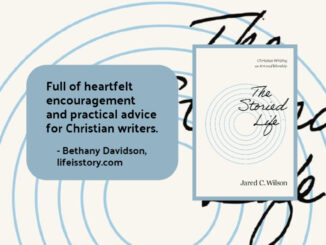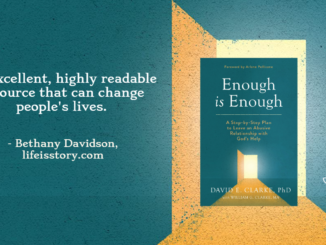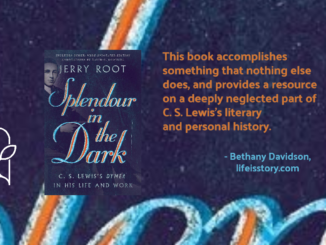
Also by this author: What Happens When We Die?, Why Does God Let Bad Things Happen?, Who Am I and Why Do I Matter?, How Can I Feel Closer to God?, How Can I Be Sure What’s Right and Wrong?, What Are Hands For?, What Are Ears For? Board Book, What Are Feet For? Board Book, Your Magnificent Mouth: A Training Young Hearts Rhyming Book
Series: Big Questions #1
Published by Good Book Company on May 1, 2021
Genres: Children's, Children's Educational
Buy on Amazon
Goodreads

Sooner or later, kids have big questions about God, life, faith and the Bible, especially when their friends start asking them about what they believe. A common one is: How do we know Christianity is really true?
Big questions deserve good answers. This pithy, fun and fast-paced book looks at what the Bible says to help 9-13s think through this big question for themselves. It explains why we can trust the Gospels as real historical documents and walks through the evidence for Jesus' resurrection. Lively stories and illustrations make this book easy for this age group to engage with.
Chris Morphew, a teacher and school chaplain from Australia, has written a series of short books to answer kids’ common questions about Christianity. How Do We Know Christianity Is Really True? addresses one of the first and most important questions, and Morphew writes in an engaging, conversational style, explaining complex ideas in a kid-friendly way without watering anything down. He focuses on the story of Jesus and the early church, explaining what we know for sure about the historical Jesus and what we have good evidence to believe.
Over brief, engaging chapters, he addresses issues like source-dating and the number of gospel manuscripts we have, how these narratives match up with ancient historians’ mentions of Jesus, and how we can evaluate the testimony of Jesus’s followers, family members, and other eyewitnesses. Morphew connects everything to an in-depth explanation of the resurrection, explaining its historic credibility and its essential role in confirming Jesus’s divinity and the message that he taught.
This book is about eighty pages long, but packs in a lot of information. I am impressed with Morphew’s ability to express complex ideas in a concise way, and he brings in illustrations and examples that kids will relate to. My only critique is that he overuses italics for emphasis, and that is an incredibly minor thing to nitpick. Everything else about this book is perfect, and I would have loved it when I was the target age for it. This encouraging, compact explanation of the historical arguments for Christianity can help young believers better understand their faith, and is an excellent resource for kids who feel skeptical or uncertain.
I would have loved this book when I was the target age for it, and it is an excellent resource for families, Christian schools, and church groups. The publisher is marketing this book for kids from ages nine to thirteen, but the age range is flexible. Older teenagers who are reluctant readers will find this book’s brevity and conversational style appealing, and there is no content in this book that would make it inaccessible or inappropriate for younger kids. The wide age range suitability would make this an excellent choice for a family read-aloud together, and it can encourage and enlighten adults as well.



